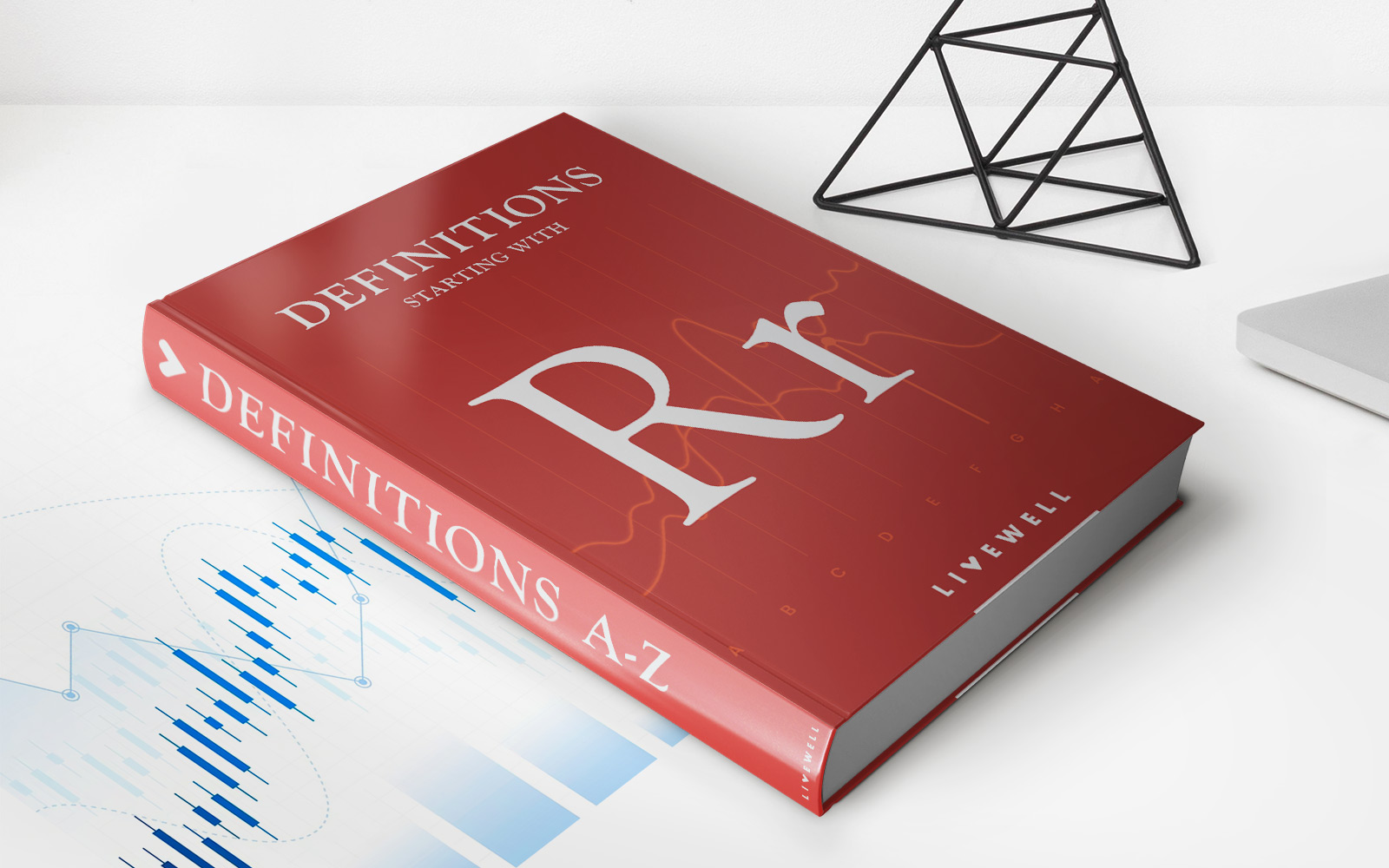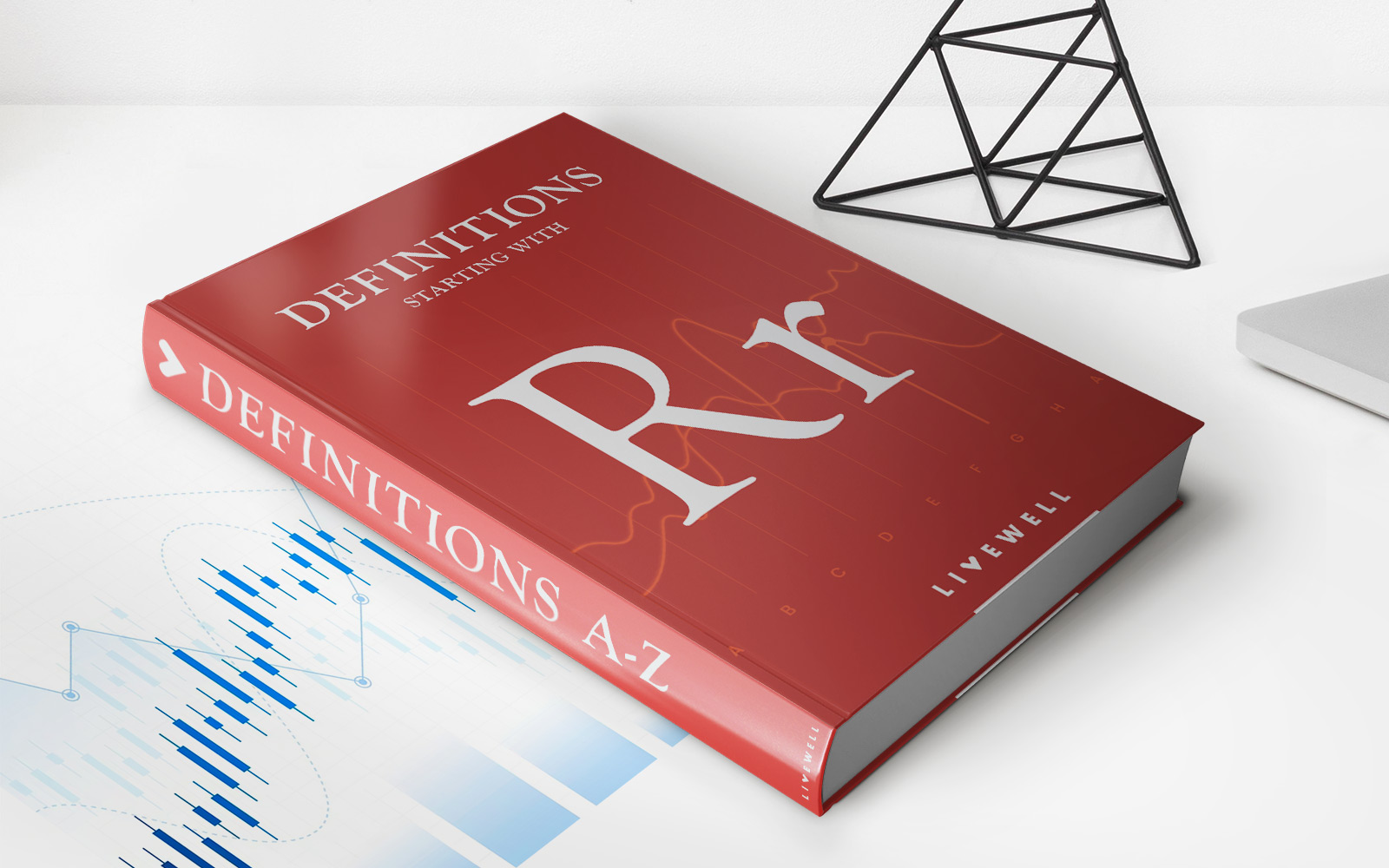

Finance
Franked Dividend: Definition, Types, Example
Published: November 28, 2023
Learn all about franked dividends in finance, including their definition, types, and examples. Discover how these dividends can benefit investors and enhance their investment portfolios.
(Many of the links in this article redirect to a specific reviewed product. Your purchase of these products through affiliate links helps to generate commission for LiveWell, at no extra cost. Learn more)
Welcome to the World of Franked Dividends!
Are you an investor looking for ways to maximize your returns? Do you want to take advantage of tax benefits and boost your investment portfolio? If so, then franked dividends could be the solution you’ve been searching for. In this blog post, we will dive deep into the world of franked dividends, exploring their definition, types, and even providing you with a real-life example.
Key Takeaways:
- Franked dividends are corporate dividends that have already been taxed at the company level, resulting in a tax credit for shareholders at the individual level.
- Franked dividends can provide investors with a higher after-tax yield compared to ordinary dividends.
What are Franked Dividends?
Franked dividends are a unique system of dividend payments that exist in many countries, including Australia. In simple terms, a franked dividend is a dividend paid by a company to its shareholders that has already been subject to corporate tax. This means that the company has paid tax on the profits from which the dividends are being distributed.
In most countries, including Australia, companies are required to pay corporate tax on their profits. This tax is deducted from the company’s earnings before any dividends are paid out to shareholders. However, with franked dividends, the company can pass on any tax credits it has received to its shareholders, resulting in a reduced tax liability for the shareholders.
Types of Franked Dividends:
There are two main types of franked dividends: fully franked dividends and partially franked dividends.
- Fully franked dividends: These dividends carry a 100% franking credit, meaning that the company has already paid corporate tax at the maximum rate. As a shareholder receiving fully franked dividends, you are entitled to a tax credit equal to the tax paid by the company. This tax credit can then be offset against your personal income tax liability, reducing the amount of tax you owe.
- Partially franked dividends: Conversely, partially franked dividends carry a franking credit of less than 100%. This indicates that the company has not paid tax on a portion of its profits at the maximum corporate tax rate. As a shareholder, you will still receive a tax credit, but it will be lower compared to fully franked dividends.
An Example of Franked Dividends:
To better understand how franked dividends work, let’s take a look at an example.
Imagine you are an investor who owns shares in ABC Company. ABC Company declares a dividend of $1 per share, with a franking credit of 70%. This means that ABC Company has already paid tax on 70% of the profits from which the dividend is being paid.
As a shareholder receiving this franked dividend, you will not only receive the $1 dividend but also a tax credit equal to 70% of the tax paid by ABC Company. Let’s say the tax paid by ABC Company is $0.30 per share. This tax credit can then be used to offset your personal income tax liability.
In this scenario, if your personal tax rate is 30%, you would only need to pay $0.70 in income tax for every $1 dividend received. This represents a significant saving compared to ordinary dividends where you would be taxed on the entire $1 dividend.
Conclusion
Franked dividends present a unique opportunity for investors to optimize their tax liabilities while earning attractive returns. By understanding the definition and types of franked dividends, investors can make more informed decisions to enhance their overall investment strategy.
So, if you’re looking to maximize your investment returns and take advantage of tax benefits, consider exploring the world of franked dividends. It may just be the key to unlocking greater after-tax wealth!
Key Takeaways:
- Franked dividends are corporate dividends that have already been taxed at the company level, resulting in a tax credit for shareholders at the individual level.
- Franked dividends can provide investors with a higher after-tax yield compared to ordinary dividends.














